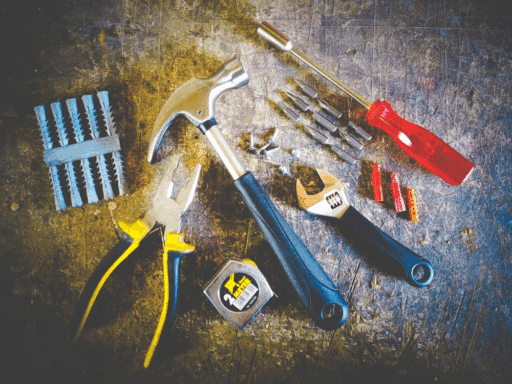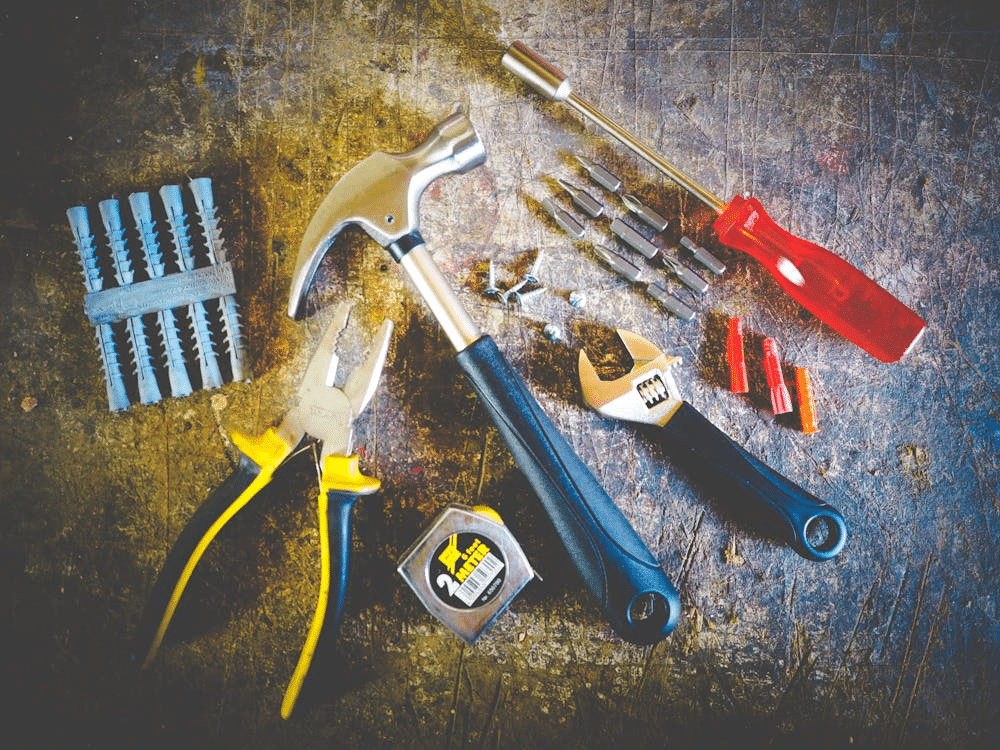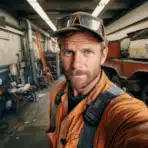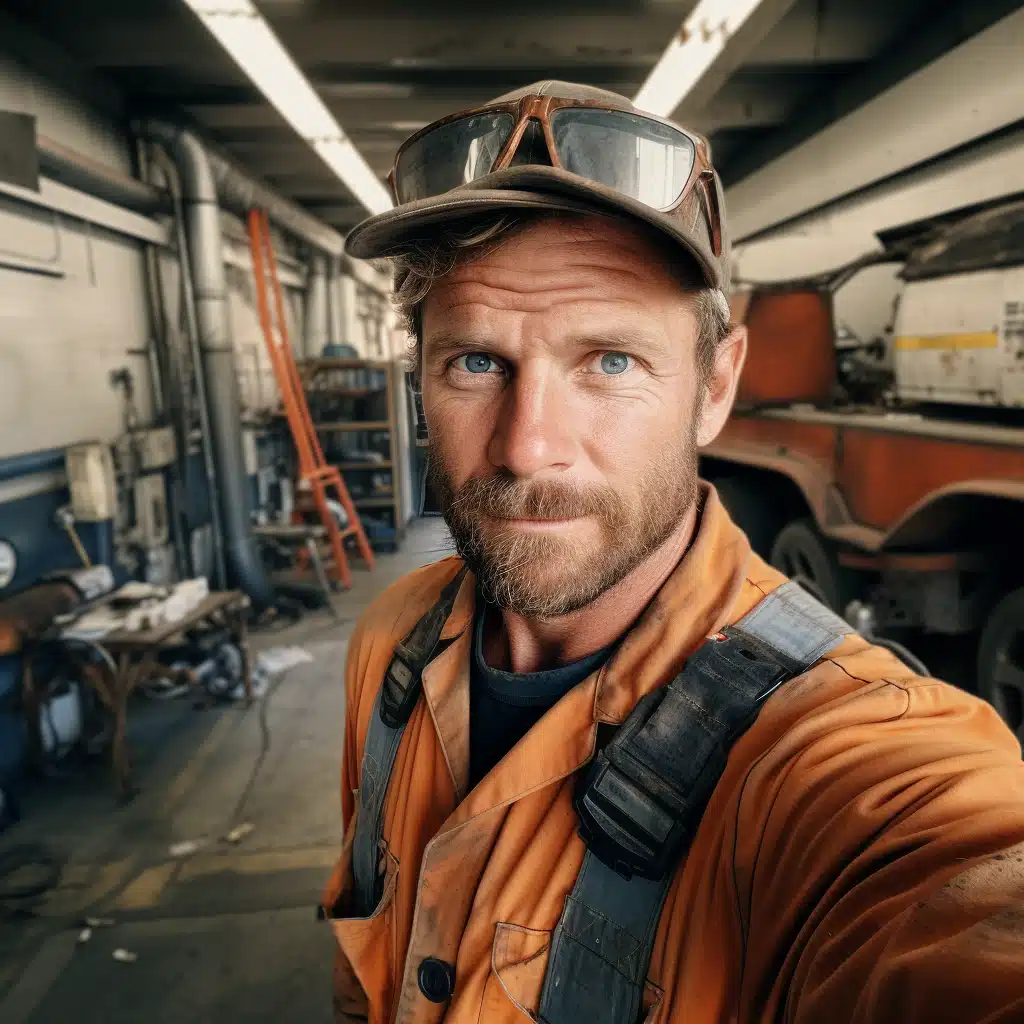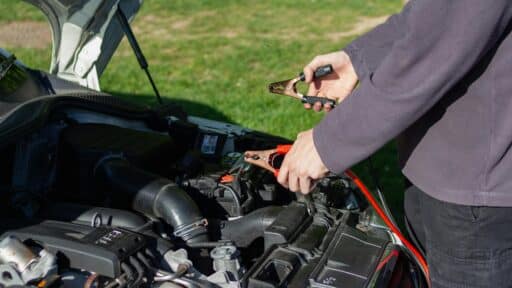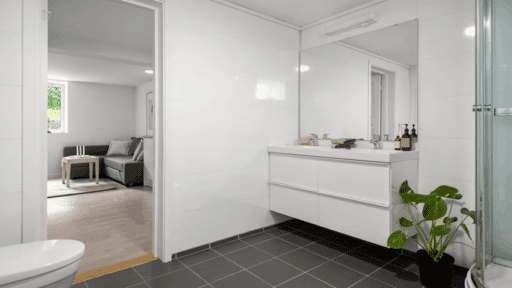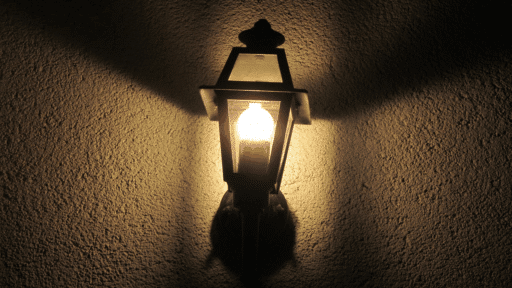Have you ever started a home project with big ideas and then realized halfway through that you forgot to consider safety? Maybe you balanced on a chair instead of using a ladder or skipped goggles because you thought, “It’s just a quick job.” Those shortcuts can turn an upgrade into a costly or painful mistake. In this blog, we will share why safety precautions should guide every home upgrade.
The Role of Codes and Compliance
Safety in home upgrades isn’t optional—it’s embedded in building codes and regulations. Electrical systems, gas lines, and structural changes are all governed by strict requirements. These rules exist because ignoring them has consequences. A miswired outlet can spark a fire. An improperly supported wall can collapse.
Following codes may feel tedious, but it provides long-term security. Inspectors ensure projects meet safety standards, and compliant work often adds to resale value. Buyers trust homes with documented, safe upgrades more than those filled with questionable DIY repairs.
Recent events highlight this reality. Reports of house fires linked to faulty renovations serve as stark reminders that skipping precautions is not harmless. As more people attempt upgrades on their own, driven by online tutorials and cost-saving ambitions, the need for safety-conscious planning becomes more urgent.
Laying the Groundwork for Safe Upgrades
Every upgrade, no matter how minor, carries risks. Electrical rewiring, plumbing work, even replacing fixtures all involve hazards that go unnoticed until something goes wrong. Safety isn’t just about avoiding accidents during the project—it’s about ensuring the completed work doesn’t create long-term risks for the people living in the home.
Bathrooms are one of the clearest examples of this principle. They combine water, slippery surfaces, and electrical outlets in tight spaces, creating opportunities for accidents if projects are rushed or poorly planned. Something like a tub replacement might seem straightforward, but it involves water lines, structural support, and safe handling of heavy materials. When professionals handle these tasks, they bring not only skill but also adherence to building codes and safety standards. The result is a functional upgrade that doesn’t quietly invite accidents months later. Taking shortcuts may save money upfront, but the risk of water damage, mold growth, or falls outweighs any temporary savings. Projects grounded in safety ensure upgrades truly improve living conditions rather than create hidden dangers.
As homeowners invest more in upgrades that modernize and personalize spaces, safety precautions protect not just the investment but the daily routines that depend on it.
Health, Comfort, and Safety Intersect
Safety precautions in upgrades also protect health. Proper ventilation prevents mold growth during kitchen or bathroom projects. Safe materials reduce exposure to toxins, an increasingly important factor as awareness grows around indoor air quality.
Comfort and safety are often linked. For example, upgrading flooring without considering slip resistance creates a sleek design that might look beautiful but increases the risk of falls. Similarly, adding bright lighting without managing glare can strain eyes. Safety-minded planning ensures upgrades improve both the look and the feel of spaces.
The growing emphasis on aging-in-place design reflects this trend. As populations age, more households prioritize upgrades like grab bars, slip-resistant flooring, and walk-in tubs. These changes aren’t just about convenience; they are about safety and independence. The societal push toward inclusive design reinforces the idea that every upgrade should be viewed through a safety lens.
Humor in Overconfidence
There’s no shortage of stories about homeowners who ignored safety for the sake of speed. Balancing power tools on unstable surfaces, skipping protective gear, or assuming instructions were optional often ends with trips to urgent care. The irony is that many of these accidents happen during projects intended to improve safety, like adding better lighting or repairing stairs.
Laughter often follows once the bandages are off, but the lesson remains clear: confidence without caution is a dangerous mix. The smarter approach is not to eliminate ambition but to pair it with the humility to acknowledge risks and take preventive steps.
Financial Implications of Safety
Safe upgrades are financially smart upgrades. Injuries during projects carry medical costs, while unsafe renovations can lead to property damage that insurance may not cover if codes were ignored. On the flip side, homes with documented safe upgrades attract buyers and maintain value.
For instance, replacing outdated wiring with modern, safe systems may not have the immediate visual impact of a remodeled kitchen, but it prevents costly hazards and reassures future buyers. In markets where transparency and inspection reports carry weight, documented safety measures directly influence sale prices.
Governments and insurers also play roles here. Incentives for energy-efficient upgrades often come with safety standards, ensuring installations meet both performance and protection requirements. Homeowners benefit financially not just from reduced bills but from compliance that lowers risks.
Broader Trends Emphasizing Safety
Current societal trends underscore why safety is central to home improvement. Remote work has made homes multifunctional, increasing demands on electrical systems and layouts. Climate change has amplified the need for resilient, weather-resistant upgrades, such as reinforced roofing or flood-proofing. Safety precautions are not just about avoiding accidents—they are about preparing homes to withstand environmental and lifestyle shifts.
The rising popularity of DIY projects, fueled by online tutorials and social media, adds complexity. While empowering, this trend often glosses over the importance of safety protocols. The polished final videos rarely show the goggles, masks, or scaffolding that professionals use. This creates a cultural gap between aesthetics and practicality, one that homeowners must bridge by prioritizing safety over social media-worthy speed.
Safety precautions are the invisible foundation of every successful home upgrade. They protect families during projects, safeguard health long after completion, and preserve the financial and emotional value of the home itself. From tasks as substantial as replacing a tub to as simple as installing new lights, every project benefits from being guided by caution and foresight.
The broader lesson is clear. Homes are not only about beauty or comfort; they are about security. Upgrades that overlook safety compromise the very spaces meant to provide stability. By treating safety as the guiding principle, homeowners ensure that every improvement truly elevates their quality of life and sustains value for years to come.

